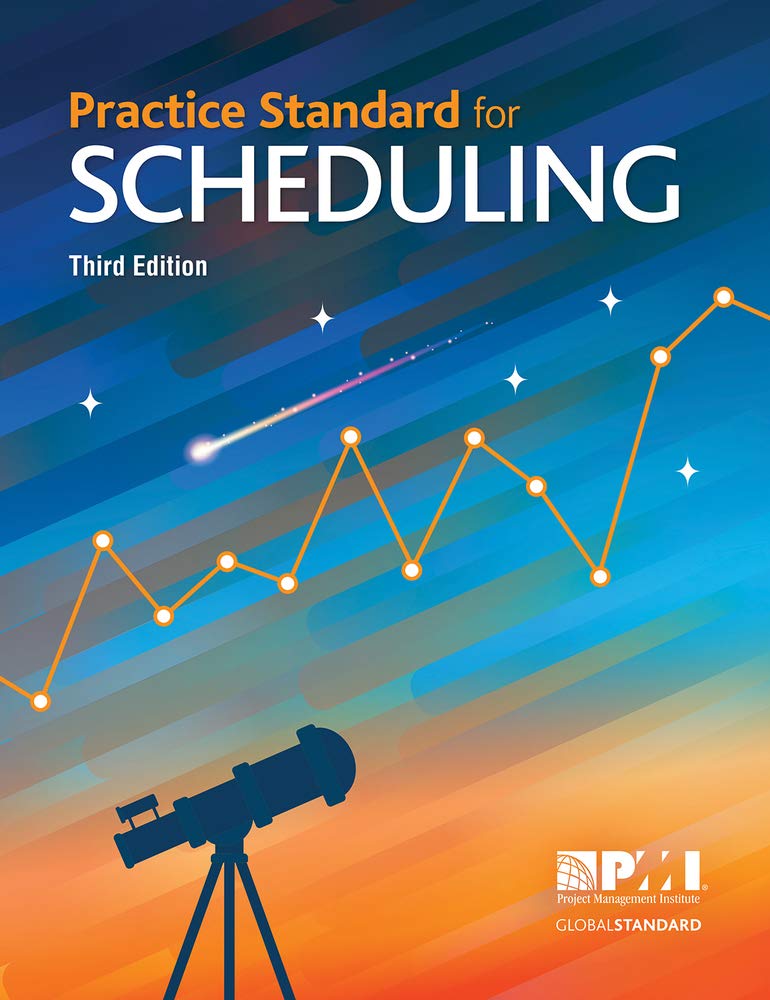
Free Float
What is Free Float?
Free float (or float) refers to the amount of time a task can be delayed without affecting the early start of any subsequent dependent task. This concept, a key element in project scheduling, helps project managers identify activities with scheduling flexibility. Unlike total float, which examines the impact of delays on the entire project timeline, it focuses on how an individual task’s delay affects the immediate following tasks.
Project managers use free float to manage resources more efficiently and to make informed decisions when scheduling or rescheduling tasks. This approach is beneficial when optimizing timelines without disturbing critical dependencies and applies only to tasks not on the critical path that have successors starting after the task ends.
Understanding and using free float helps project teams avoid unintended delays and improve overall project efficiency.
Key Points
- It is the amount of time a task can be delayed without affecting the early start of its immediate successor.
- It differs from total float, which considers delays across the entire project duration.
- Only tasks not on the critical path usually have a free float.
- Free float is calculated using scheduling tools or network diagrams.
- It provides insight into task flexibility and helps manage timelines more effectively.
Related Terms
- Total float measures the total delay a task can experience without affecting the project completion date.
- Critical path refers to the sequence of tasks that directly determines the project’s finish date.
- Early start is the earliest time a task can begin without delay.
- Successor task is a task that depends on the completion of a preceding task to begin.
- Project schedule outlines the planned start and end dates for all tasks within a project.
Free Float: Example
Consider a construction project where Task A involves laying the foundation, and Task B, framing the walls, starts two days after Task A ends. If Task A finishes on time or has a one-day delay, it will not affect the start of Task B. This one-day period is the free float of Task A. However, a delay beyond that one day would push back Task B and possibly the rest of the schedule.
Free Float: Best Practices
- Use project scheduling software to calculate free float accurately.
- Monitor tasks with free float to identify opportunities for resource reallocation.
- Do not rely solely on the free float when planning changes—always consider the full schedule.
- Communicate float values clearly to team members managing dependent tasks.
- Reassess float regularly during project updates to adapt to schedule changes.
Additional Resources
Preparing for a PMI certification?
- Exam Prep Courses: PMP®, CAPM®, and PMI-ACP®
- Exam Simulators: PMP®, CAPM®, PMI-ACP®, PMI-PBA®, PMI-RMP®, PMI-SP®, PgMP®, and PfMP®
- Professional Development Units (PDUs): 15, 30, and 60 PDU Bundles




